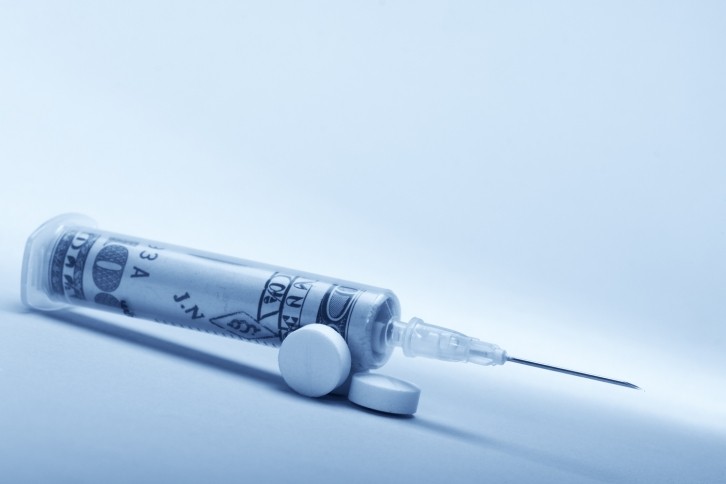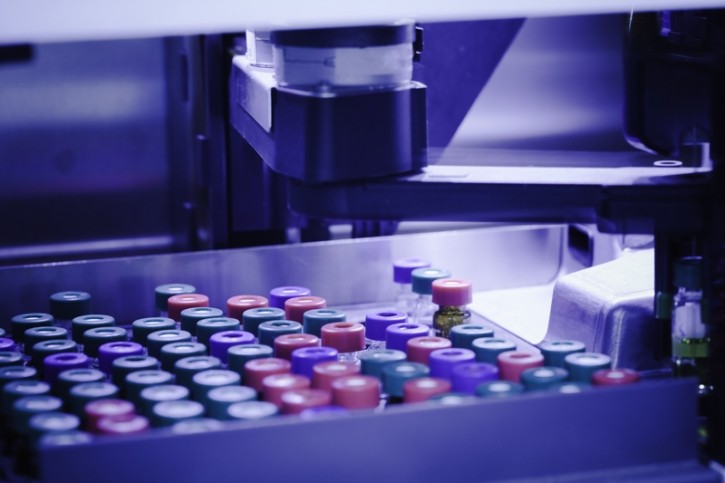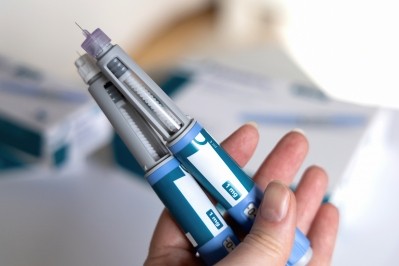Novo Nordisk and Catalent deal: net positive or negative for industry?

The deal is part of a wider agreement in which Novo Holdings, the controlling shareholder of Novo Nordisk, will purchase Catalent for $16.5 billion.
The tie-up also signals Novo's strategy to keep up with surging demand for its diabetes and obesity drugs Ozempic and Wegovy, whose huge popularity has increased the company’s valuation beyond $500 billion.
By snapping up these three sites, in Italy, Brussels and Indiana, the company is striving to boost supply and stay ahead of its competitors in the lucrative market.
However, Eli Lilly – which has faced similar manufacturing challenges with its own blockbuster weight loss therapies Mounjaro and Zepbound – has raised concerns about the implications of the deal, as some of its products are also manufactured at Catalent’s sites.
In fact, Eli Lilly CEO David Ricks called the acquisition of the three sites ‘unusual’ and urged antitrust authorities to scrutinise the agreement.
“Given the nature of this transaction – a vertical integration where the client list of Catalent might number in excess of 100 entities, all of which plan to compete in some way with Novo Nordisk – it sets up for an interesting inquiry by everybody [including] politicians,” he said in an interview with the Financial Times.
In addition, it is no secret that Catalent has also been affected by quality control problems, with the company repeatedly failing U.S. sterile-safety rules.
In fact, Reuters recently reported that during an inspection of Catalent’s Bloomington, Indiana site last year – FDA investigators detected quality control lapses, even encountering a ‘pest’ on the manufacturing line.
So, what will the deal mean for the industry going forward? And what are the key concerns surrounding antitrust violations and manufacturing standards?
Initial industry response
Nicolas Schmitz, senior manager and strategic market analyst at KBI Biopharma, told Bio Pharma Reporter that the wider pharma industry was not expecting the significant announcement, although it signals that Novo is cementing its place as a frontrunner in the market.
“We did not anticipate such a move, even though it is quite clear what is the intention of Novo Holdings in this deal - securing supply chains for the weight loss drugs market, which is projected to be one of the most attractive markets for pharma in the coming years,” he said.
Claudia Andretta, founder of Sichem Bio and science and biotech business strategist, also said she found the news surprising as the deal is somewhat unique in the sector.
“Traditionally pharma has expanded their capabilities by either organic growth, which takes time and money, or outsourcing, which takes money and a whole lot of letting go of direct control – but this acquisition is a rare case of in-sourcing,” she told Bio Pharma Reporter.
Positive or negative
Overall, the deal is a net positive for the pharma industry, as it will expand access to these popular drugs, and big investments, even in the form of M&As, should be seen as value-generators, Andretta adds.
As Lars Fruergaard Jørgensen, president and chief executive at Novo Nordisk, said in a statement: “We are very pleased with the agreement to acquire the three Catalent manufacturing sites which will enable us to serve significantly more people living with diabetes and obesity in the future.”
However, given Catalent’s track record of quality control problems at its sites, an unnamed pharma industry source told GlobalData PharmSource that the merger raises some concerns.

“Catalent has been plagued with problems for about a decade now, and they just keep getting worse and worse…How is Catalent being rewarded for its overarching failures? How do the fat cats [wealthy and privileged people] get to cash out for failing?” they said.
For Schmitz, the ‘golden question’ is what Novo will do with the 47 remaining Catalent facilities - many of which are involved in the cell and gene therapy (CGT) division.
Catalent is a big player within the CGT field. The company is currently supporting at least two approved gene therapies – Sarepta’s Elevidys (delandistrogene moxeparvovec) and Novartis’ Zolgensma (onasemnogene abeparvovec) and has three gene therapy plants in the Maryland area.
“Will Novo create new, more specialized CDMOs? I can imagine other Catalent customers are very worried about the future of their projects with the company,” he said.
“However, it could be healthy for the industry as Catalent wasn’t well known for its quality, just looking at the amount of FDA observations at their facilities. This could push other biopharma companies and give them the option to test much more qualitative CDMOs.”
Novo has not yet given any indication of its plans for Catalent’s CGT business, but it will likely have significant repercussions across the advanced therapies space.
What does this mean for Eli Lilly?
While Eli Lilly has already called on financial antitrust authorities to examine the merger, it remains to be seen whether this will be an obstacle in completing the transaction, expected to finalise later this year.
“Catalent is an integral part of manufacturing commercial and pipeline products for the industry, especially in diabetes and obesity, and we have products with these sites as well,” Lilly chief financial officer Anat Ashkenazi said on a conference call with analysts.
“Our focus today is on ensuring continuity of supply of medicine for patients is uninterrupted, as well as, we intend on holding Catalent accountable to their contracts with us.”

However, Andretta does not believe there is any ground for antitrust authorities to block the deal.
“For one, this isn’t a company trying to absorb a competitor, and second, it doesn’t appear that the three Catalent sites in question were manufacturers for Lilly. I think Eli Lilly knows this and their objective is to delay, rather than block, the acquisition,” she said.
“Lilly’s $2.6 billion investments to expand their injectables production capabilities in Europe will see fruition in late 2025, while Novo's acquisition of these three sites should be complete by Q 2024. Simply put: Lilly is hoping to gain time by forestalling, and thus keep their positioning in the everlasting competition for the obesity drug market.”
However, given the size of the deal and the parties involved, Schmitz admits it is ‘reasonable’ that the transaction be examined closely.
“Maintaining a competitive landscape is essential for fostering innovation, accessibility, and affordability of drugs. Eli Lilly's concerns obviously imply the fact that Novo might have a competitive edge as the two companies are struggling to match with the growing demand of weight loss drugs. I'm not surprised at all by this move from Lilly,” he adds.
Moving forward, while it has rocked the industry, the news is not likely to usher in a new trend of mega M&As, Gil Roth, president, Pharma & Biopharma Outsourcing Association, told GlobalData PharmSource.
“Novo-Catalent is certainly a unique scenario, and I’m hard-pressed to imagine a similar take-out happening with the remaining CDMOs in the field,” he commented.
“CDMO M&A activity has been in an overall lull, largely due to macro factors in finance and the greater economy, but we’re likely to see more announcements than the last year-plus has offered, especially if interest rate cuts begin and PE firms start unlocking more funding.
“However, we need to keep in mind that the current administration in the US has promised to look closely at proposed mergers for potential anticompetitive effects, and that may put a chill on some larger M&A deals.”












